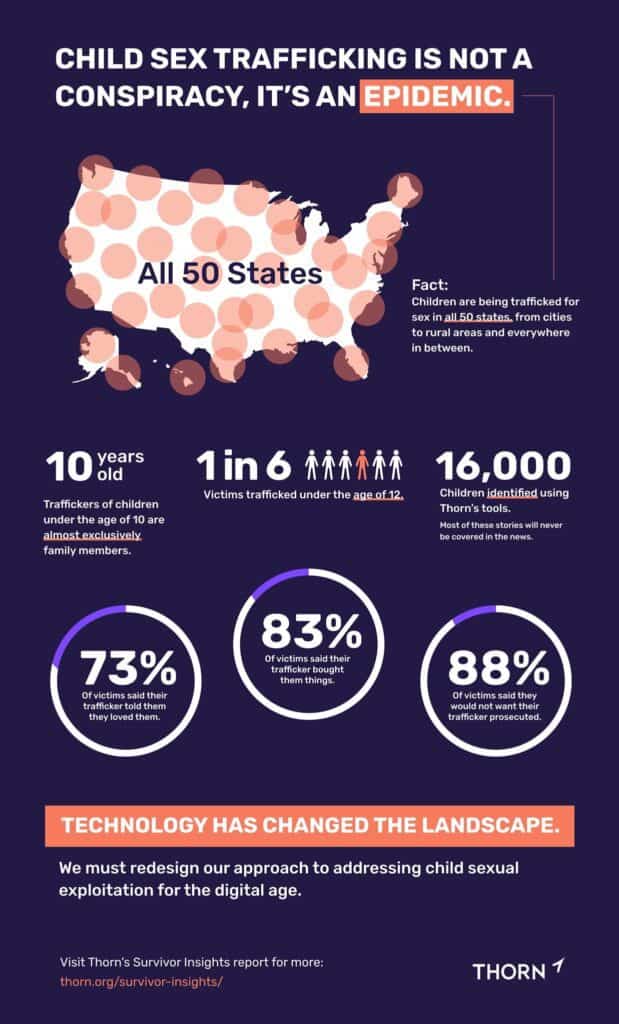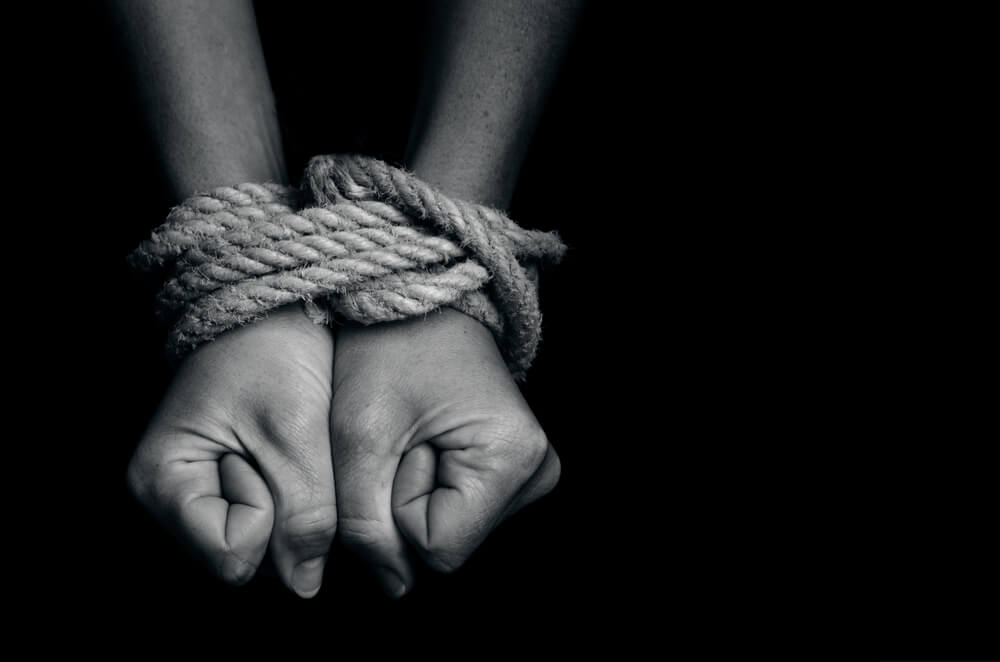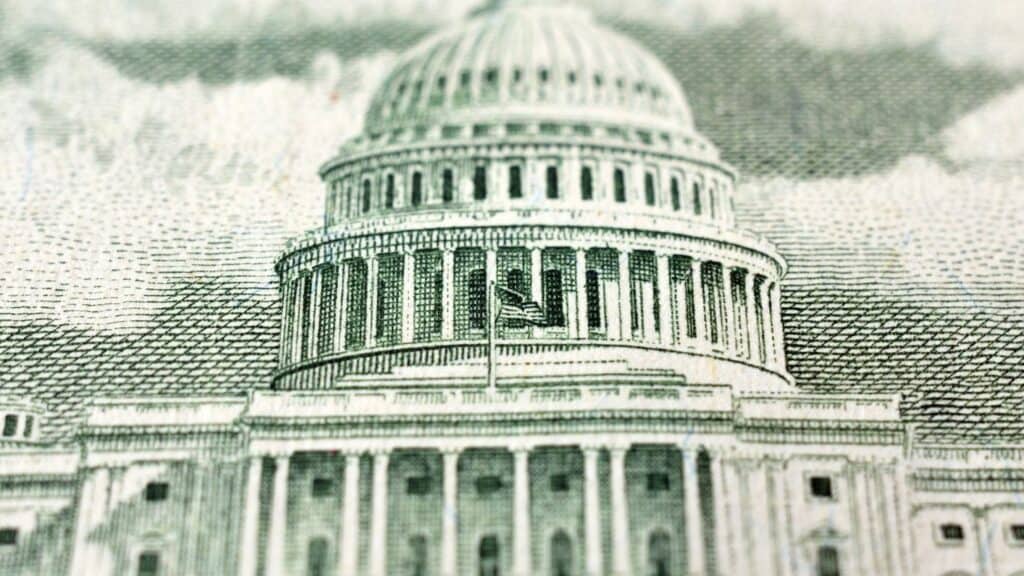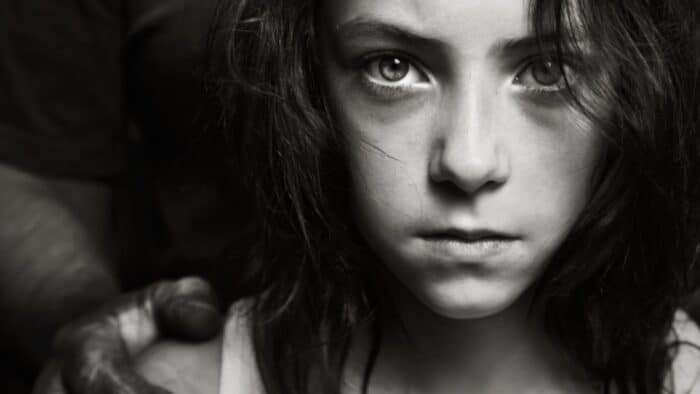What is Human Trafficking?
The Department of Homeland Security defines human trafficking as the use of force, fraud, or coercion to obtain some type of labor or commercial sex act. Human trafficking can happen to anyone. It is blind to race, nationality, age, or gender. An estimated 71% of trafficked and/or enslaved people are women and girls, while men and boys account for 29%. Human trafficking occurs all around us and in our very own backyards. It is a serious and pervasive crime and a severe violation of human rights and dignity.
Most countries of the world consider human trafficking transnational organized crime. It is modern-day slavery and entails the trade of humans for the purpose of forced labor, sexual slavery, or commercial sexual exploitation for the trafficker or others. It can include providing a “spouse” for forced marriage or even the involuntary harvesting of human organs or tissues to sell on the black market. It can also include surrogacy and ovary removal.
The immense funding sources for human trafficking are multi-faceted and varied. Sources of financial backing can include such secondary crimes as money laundering, terrorist activities, theft of art and cultural property, illicit arms trafficking, aircraft hijacking, sea piracy, insurance fraud, computer crime, environmental crime, illicit drug trafficking, fraudulent bankruptcy, infiltration of legal business, and the corruption and bribery of public or party officials.
Most often, the grooming and exploitation of potential victims starts early and at home. For children, the most common abductors are family members, neighbors, and friends. There are even documented cases of newborn infants being trafficked!
The shocking ease with which perverts and deviants can anonymously slither into your children’s lives through social media channels only complicates matters. They can be very manipulative and shower young girls (or boys) with compliments and gifts to garner trust and intimate details. Thorn, a group that advocates and empowers the fight against child sex trafficking, states that 88% of victims said their trafficker told them they would take care of them, 83% responded that the trafficker bought them things, and 73% noted that the trafficker told them they loved them.

How Does the United States Combat Human Trafficking?
The United States Department of Homeland Security created the Blue Campaign, a national public awareness campaign to fight human trafficking. Their website provides resources for both the public and officials. Their slogan is One Voice. One Mission. End Human Trafficking ®. It drives to educate and empower the public, law enforcement, and other industry partners to recognize possible indicators of human trafficking and to appropriately respond to potential cases. Law enforcement and the public alike can find materials and training to increase detection and identify victims via the Blue Campaign’s Awareness Training Program.
Human Trafficking Indicators
There are many possible signs of human trafficking. The list below illustrates some common signals that human trafficking is taking place.
- The victim is not in possession of identification and travel documents and is not in control of the documents.
- The victim is coached on what to say to law enforcement and immigration officials.
- The victim is recruited for one purpose and forced to engage in some other job.
- The victim’s salary is being garnished to pay off a smuggling fee. Paying off a smuggling fee alone is not considered trafficking.
- The victim is forced to perform sexual acts.
- The victim does not have freedom of movement.
- The victim or family has been threatened with harm if the victim attempts to escape.
- The victim has been threatened with deportation or law enforcement action.
- The victim has been harmed or deprived of food, water, sleep, medical care, or other life necessities.
- The victim cannot freely contact friends or family.
- The victim is a juvenile engaged in commercial sex.
- The victim is not allowed to socialize or attend religious services.
Human Trafficking vs Smuggling
According to the Department of Homeland Security, the classification of human trafficking and human smuggling are not synonymous.
Human trafficking is defined as:
- Sex trafficking in which a commercial sex act is induced by force, fraud, or coercion, or in which the person induced to perform such act has not attained 18 years of age; or
- The recruitment, harboring, transportation, provision, or obtaining of a person for labor or services through the use of force, fraud, or coercion for the purpose of subjection to involuntary servitude, peonage, debt bondage, or slavery.
Human Smuggling is defined as:
- The importation of people into the United States involving deliberate evasion of immigration laws. This offense includes bringing illegal aliens into the United States as well as the unlawful transportation and harboring of aliens already in the United States.
These are not interchangeable terms
- Smuggling is transportation-based
- Trafficking is exploitation-based
Human Trafficking Targets
Every year, the United States reports thousands of cases of human trafficking. Many more go unnoticed or unreported. Tribal communities, such as the American Indians and Alaska Natives are hit hard with missing person cases, as their tribal sovereignty status within the states allows their indigenous peoples to go undetected and unprotected in missing person cases. The tribal population occupies approximately 326 Indian land areas in the United States of America.
Trafficking often occurs within under-developed countries to more developed countries where people are rendered susceptible to trafficking through poverty, conflict, or other conditions. We need to act with vigilance for effective prevention. In addition, we must educate and promote personal accountability to bring to light these tragic crimes out of the hidden darkness.

Human trafficking cases are not statistics, a random number, or a nameless face. Victims of human trafficking are living breathing human beings: men, women, and children. Traffickers do not discriminate against their chosen victims. They target those who are unaware of their surroundings. They want the woman to walk alone. They want runaway teenagers. They want the forgotten homeless. They lure the unmonitored and naïve child on the internet. They prey on the vulnerable. They prey on the innocent.
Governmental Policy and Legislative Justice
The World Population Review estimates that 199,000 cases of human trafficking occur each year within the United States of America. The first step in combating human trafficking in the United States was the Trafficking Victim’s Protection Act, enacted in the year 2000. This was a crucial moment in the fight against human trafficking. The TVPA paved the way for the United States federal government to respond to human trafficking.
Since then, Congress has built on this foundation, enhancing and intensifying laws within the legislative and judicial branches. According to the non-profit Global Movement for Good website, Do Something, the annual profit margin from human trafficking exceeds $150 billion dollars.
Through the Polaris Project, the U.S. Department of Homeland Security (DHS) investigates the bulk of sex and labor trafficking involving foreign cases. The Federal Bureau of Investigations (FBI) investigates the majority of domestic minor related sex trafficking cases via their Innocence Lost Initiative program. The Justice Department leads federal prosecutions and funds state and local law enforcement agencies to form human trafficking task forces.
There are many federal laws designed to reduce the profit motive for labor trafficking by barring the import of goods made with trafficking labor. FAR 22.1704 provides the United States government’s recourse in the event of a violation. FAR 52.222–50 outlines the U.S. government’s zero-tolerance policy with regard to trafficking in persons. The Customs and Facilitations and Trade Enforcement Act amended the prohibition on imported goods made with trafficking labor. Finally, the Tariff Act of 1930 prohibits importing goods made with forced or indentured labor.
Businesses profiting more than $500,000 worth of goods or services must have a plan in place to prevent trafficking. Federal Contractors must also certify that, to the best of their knowledge, their supply chain has not engaged in any trafficking-related activities.
Funding
Much like the “war on drugs,” governments and law enforcement agencies are fighting an uphill battle. Fighting against hidden and subversive enemies with unending sources of revenue, governments also need adequate funding to even stand a chance. While there has been a recent surge in the attention given to this problem, we are still nowhere near the appropriate amount in dedicated spending to defeat this growing epidemic.

Within the [United States] Office on Trafficking in Persons, the Office of Administration for Children and Families submitted their Congressional Budget Justification Report which included funding for programs, projects, and activities for foreign national victims. It also included funding for programs for domestic victims, in the amount of $26,755,000 for the fiscal year of 2019.
The U.S. Department of Health and Human Services also funds the U.S. National Human Trafficking Hotline. To get help from the National Human Trafficking Hotline, you may call them at (888) 373–7888 or text HELP or INFO to BeFree (233733). They are available 24 hours a day, seven days a week. They are fluent in English, Spanish, and more than 200 other languages. For more information please visit their website.
Besides the obviously sensible protection measures, there are ways you can help
- Join the Department of Homeland Security’s Blue Campaign to keep informed.
- Share material and resources from the Blue Campaign site with others. Be vigilant advocating against human trafficking, as well as promoting education and intolerance.
- Contribute to groups like Thorn.
- Be an informed consumer. Know who makes the products you buy and the food you eat. Do not buy from companies that use child workers or workers under duress. This can help keep slavery-tainted items out of your home. Please view, download and share the Department of Labor’s List of Goods Produced by Child Labor or Forced Labor Pamphlet, and avoid contributing to those companies and human trafficking crime rings.
- Recognize and report suspected human trafficking. Contact Federal law enforcement: 1–866-DHS-2-ICE or submit a tip online.
In Conclusion
Human trafficking is a repulsive crime that has remained in the shadows of society. This is due in large part to government officials’ deficiency in focusing on this issue. A secondary responsibility is on the absence of national and international media coverage. This has allowed trafficking crimes to grow in number worldwide.
If you or someone you know is the victim of human trafficking or has been trafficked in the past, a list of helpful resources (hotlines, apps for reporting, etc.) can be found here. To report suspected human trafficking to Federal Law Enforcement in the United States, please call 1 (866) 347–2423.
Human trafficking is a covert act of malevolence. Most misconducts trace to an excessive attachment to material wealth. The Apostle Paul cautions us of this evil within the Holy Bible. 1 Timothy 6:9–10 states:
“But they that will be rich fall into temptation and a snare, and into many foolish and hurtful lusts. Which drown men in destruction and perdition. For the love of money is the root of all evil: which while some coveted after, they have erred from the faith, and pierced themselves through with many sorrows.”
It is too late to heed Apostle Paul’s warning, but it is not too late to act on humanity’s behalf. We need to remain vigilant for the prevention, protection, and recovery of victims. Human trafficking is a global threat, and it requires a global response. Public awareness should be a top priority for us all.


